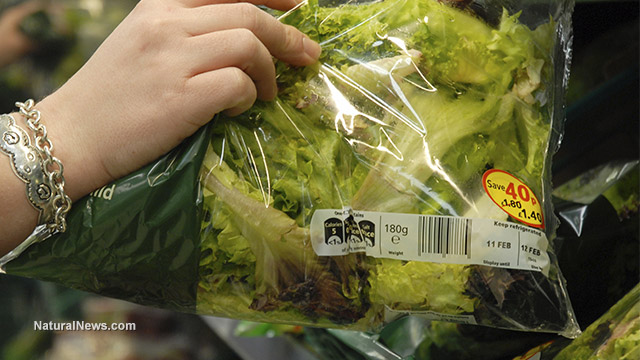Researchers develop chemical-free way to decontaminate food using plasma
So new processes are being explored to decontaminate not only packaged, pre-cut veggies and fruits but also liquids in containers. "Chlorine water works well on hard surfaces. But there can be issues if bacteria get inside organic matter on the produce, making chlorine ineffective," said Kevin Keener, a professor of food science at Purdue University in the USA.
Keener is on a sabbatical leave from Purdue and is cooperating with other researchers at Dublin Institute of Technology in Ireland to determine the effectiveness of electrically activating gases to produce atmospheric plasma within plastic packaging that houses those sliced and diced veggies and fruits.
The next phase of testing will include liquids. This could ultimately lead to eliminating heat processes, or pasteurizing, that also eliminate vital nutrients and enzymes with the microbes. The current phase of testing is with atmospheric cold plasma. Prior testing had determined that applying an electrical field to liquids reduced microbial activity drastically.
"Results from recent testing of E. coli bacteria in liquid suspensions demonstrated significant bacterial reductions with no heating or visual color change," Keener said. "This suggests that atmospheric cold plasma treatment may achieve a cold pasteurization process for liquid foods to extend shelf-life and improve safety."
Atmospheric cold plasma packaging techniques
Of course, the current testing is to improve the efficiency of applying electrical energy for better microbial cleansing with product quality intact to a more practical method of electrically charging the atmospheric gases within the package containing fresh produce.The way it works is electrical voltage is applied to a plastic bag containing the food items. The bag acts as an insulator to prevent the current from flowing through the food items, but the voltage at 50 to 100 watts activates the air inside to produce ozone, nitrogen oxides, hydrogen peroxide and other gases, all of which kill bacteria, stop fungal activity and prevent viral replication.
This electrical voltage gas-activating process without current is known as dielectric plasma discharge. The wattage is comparable to the energy needed to light the average filament light bulb. At under a minute of electrical voltage, the cost per item is low while the results are thus far better than older methods employed for sanitizing food that have negative impacts on the food quality and shelf life.
Keener and researchers at the Dublin Institute of Technology demonstrated with experiments that bacteria on these surfaces were eliminated with 20 seconds of treatment and 24 hours of exposure to the gases it creates. Keener said the total cost of the process should be comparable to current chemical and heat treatments used to sanitize foods.
Their results were published in the Journal of Applied Microbiology. Depending on the type of food, the actual zap period can be a few seconds to a minute or so. "Even in the most resistant bacteria-growing media, 45 seconds of treatment gave us complete elimination of the E. coli," Keener said. "Under a microscope, we saw holes forming in the cell walls of the bacteria."
The research at the Dublin Institute of Technology is part of an ongoing effort called the SAFE-BAG Project funded by the European Commission in response to growing concerns of rising packaged fresh foods throughout the EU.
Now they are on the verge of creating prototypes based on the research and data collected from various nations in the European food industry by a coordinating group in Spain. This approach is meant to market fresh-cut products with a sufficient shelf life and less spoilage as well as improve microbiological safety.
Whether it gets implemented in the USA remains unknown.

No comments:
Post a Comment